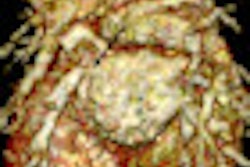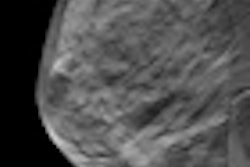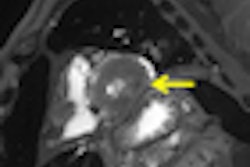The presence of lymph nodes on pediatric multidetector chest CT images are more common than a radiologist might expect due to the detection capabilities of contemporary CT scanners, concluded a study published online in European Radiology (2 September 2011).
This knowledge may be helpful in the diagnosis of lymphadenopathy, an important sign of malignant or infectious disease in children, noted lead author Dr. Pim A. de Jong of the department of radiology of Utrecht and Wilhelmina Children's Hospital in Utrecht, the Netherlands.
De Jong and colleague Dr. Rutger-Jan a. Nievelstein reviewed 120 chest CT scans of children, ranging in age from 1 to 17 years, who underwent emergency CT exams at the hospital between April 2006 and March 2011. They evaluated axial 5-mm reconstructions for lymph nodes at hilar and various mediastinal levels, and measured short-axis diameters.
They identified at least one lymph node in 115 children. Subcarinal, lower paratracheal, and hilar nodes were most common, at 69%, 64%, and 60%, respectively. The size of lymph nodes increased with age. For children younger than age 10, most lymph nodes were 7 mm or smaller, with short-axis diameter not exceeding 7 mm in the mediastinum and 6 mm at the hilar levels. For older children, these maximum diameters were 10 mm and 9 mm, respectively.
The authors also suggested that it was reasonable to use a 10-mm short-axis diameter as the upper limit of normal for hilar and mediastinal lymph nodes identified in adolescents. They noted that for any age group, lymph nodes were rarely seen along the mammary vessels, at lower esophageal, and at prevascular and posterior mediastinal levels.



















